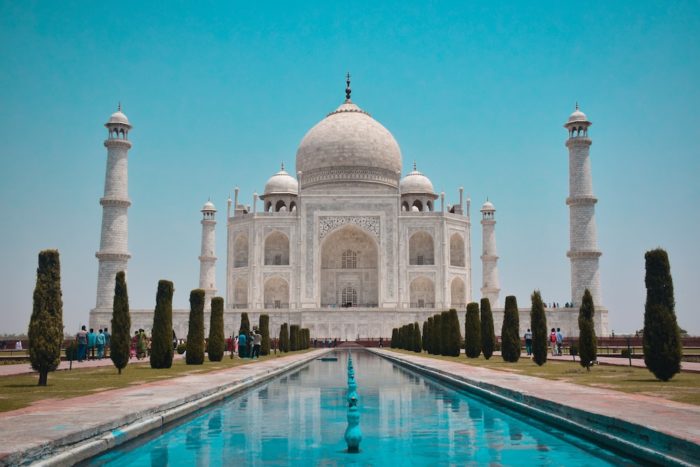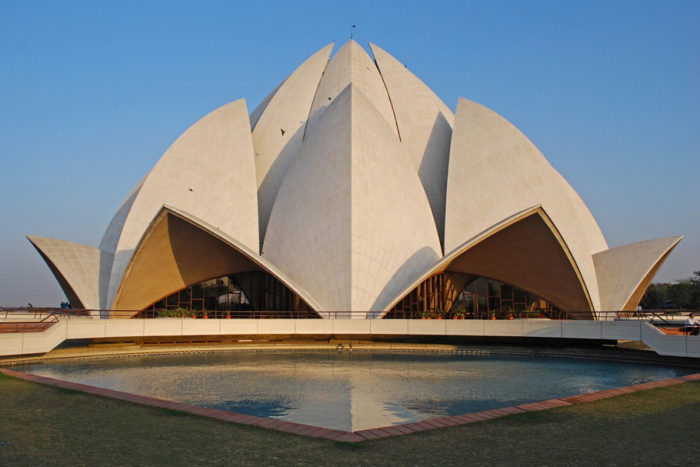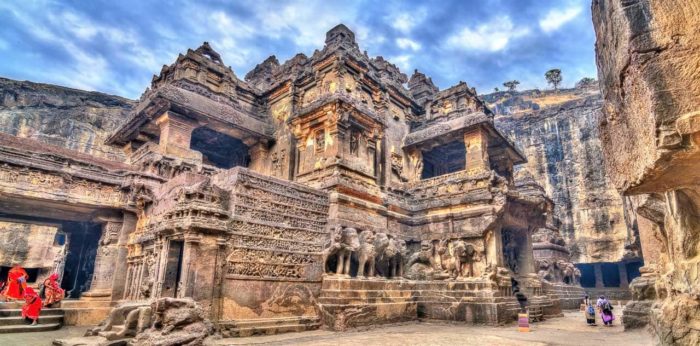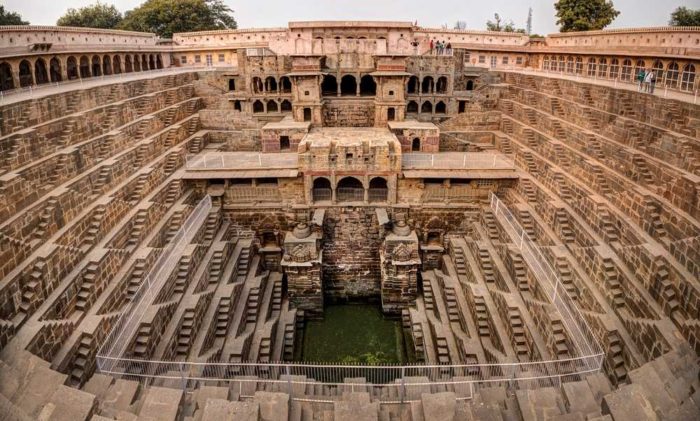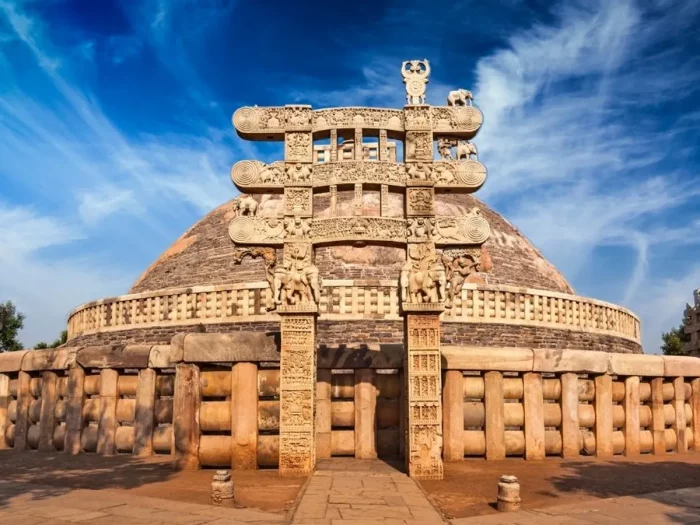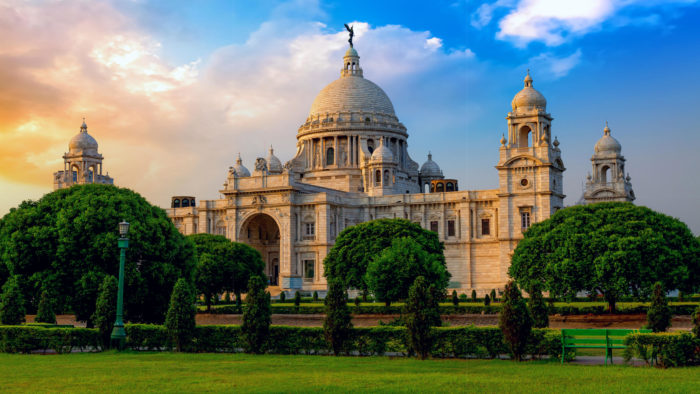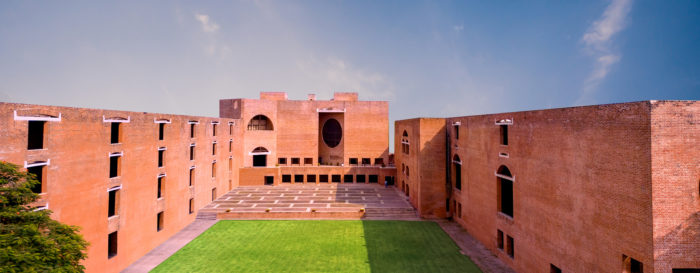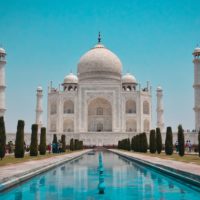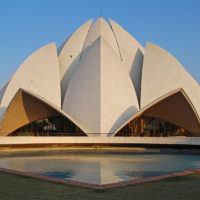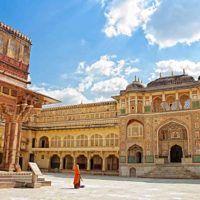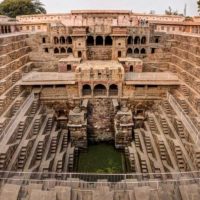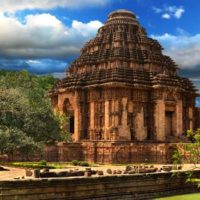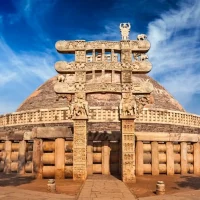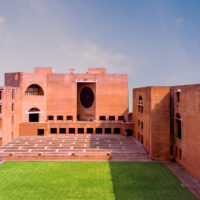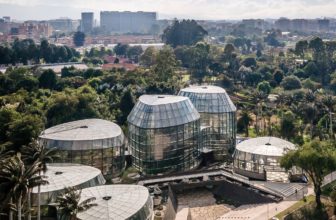India, one of the oldest civilizations on the planet, with the most diverse cultural history and inhabited by multiple races, religions, and languages, is a goldmine for studying architectural evolution throughout history. Each transition or inclusion of new culture has impacted Indian architecture and art.
One can easily see the different architectural styles reflected in the buildings all over the country. This unique development of assimilating various cultures enables us to learn how such a diverse society has evolved.
In the words of Mark Twain,”So far as I am able to judge, nothing has been left undone, either by man or nature, to make India the most extraordinary country that the sun visits on his rounds. Nothing seems to have been forgotten, nothing overlooked.”
Indian Architecture: What Kind of Buildings are Popular in India?
This article is just a little attempt at displaying the diversity with which Indian architecture has been blessed. The following are the ten most iconic yet independent and different architectural masterpieces with their architectural style. These styles have developed according to their era’s geological conditions, cultural inclinations, and technological advancements.
1. Taj Mahal
The Taj Mahal is undoubtedly one of India’s most impressive pieces of architecture worldwide. For years, it has been the face of Indian architecture for people worldwide. Built-in 1653 on the orders of the Mughal ruler Shahjahan as a resting place for his beloved queen Mumtaj Mahal, it symbolizes love.
Considered one of the finest examples of Mughal architecture, the white marble building comprises a square plinth with a central structure topped by a vast dome and surrounded by four minarets at each corner. It is considered one of the world’s seven wonders in the modern era. It attracts about 3 million tourists annually, thus being a hotshot for visitors globally. The Taj Mahal online website is one of the historical sites that offer free online virtual tours.
Also Read: Islamic Architecture In India: Awe-inspiring Fusion of Subtleness and Elegance
2. Lotus Temple
It is one of the modern buildings that have come up recently and has achieved status and fame that attracts tourists worldwide. Conceptualized in the form of a Lotus flower, it is a Baha’i House of worship that is open to all religions and stands for the secularism and openness of the country.
Designed by Iranian architect Fariborz Sahba, the structure comprises 27 petals aligned in three groupings, thus forming a circular periphery co-aligned with the ritualistic beliefs of the Baha’i community.
3. Amber Fort, Rajasthan
Amber Fort is one of the hill forts in Rajasthan. A specimen of Hindu architecture in a Rajputana style, this fort is 11km from Jaipur. Made of Red-Sandstone and Marble, it is famous for its autonomous features. Having Moata Lake as its permanent water source and a highly advanced ventilation system done by brilliant design, the whole structure is a prominent display of royalty as well as the rich cultural heritage of Rajasthan.
4. Ajanta-Ellora Caves
Built from the 2nd century B.C. to the 6th century A.D., these caves are the finest examples of rock-cut caves. Honed out of volcanic ballistic formations while existing in a linear pattern, there are 34 caves containing the remnants of Buddhist, Hindu, and Jain temples.
These walls are equipped with engravings showing the life of Lord Buddha. The purpose of these caves was to provide a sanctuary for the monks to meditate. Ellora, in particular, is famous for the world’s most extensive monolithic excavation leading to the discovery of the great Kailasa temple.
Also Read:- The beautiful wonders of Persian architecture
5. Chand Baori
It is the deepest step-well in the world. Situated in Rajasthan, it was built in the 9th century as a water source for people in the neighboring villages. The structure is square, 100 feet deep, with 3500 steps and a periphery of 140 meters. It shows the geometrical intelligence of architects and local artisans of that era. This step-well stands as a perfect example that shows how Vernacular architecture is of, for, and by the people.
6. Sun Temple, Konark
Lying on the Bay of Bengal coast is considered one of the best examples of Dravidian Architecture. Also known as the Black Pagoda, it is regarded as one of the grandest temples in India. Built in the 13th century, it has a form of a giant chariot with twelve intricately crafted wheels led by seven horses. A true marvel that shows the advanced craftsmanship and the love and devotion of Indian Architecture.
Also Read:- 5 Long Span Structures with Awesome Roofs
7. Sanchi Stupa
Built-in the 3rd century B.C., an outstanding specimen of Buddhist art & architecture, it is one of the prominent monuments from ancient India. A stupa is generally a hemispherical dome structure containing relics of Lord Buddha. Lord Buddha is symbolically represented in this particular stupa by footprints, thrones, wheels, etc., all exquisitely ornamented.
8. Victoria Memorial
It is a memorial commemorating the death of Queen Victoria by the Viceroy of India, Lord Curzon, and opened for the public in 1921. It is designed by Sir William Emerson, President of the Royal Institute of British Architects, in an Indo-Saracenic revivalist style.
As Lord Curzon says, “Let us, therefore, have a building, stately, spacious, monumental and grand, to which every newcomer in Calcutta will turn, to which all the resident population, European and Native, will flock, where all classes will learn the lessons of history and see revived before their eyes the marvels of the past.”
Made from Makrana marble from Rajasthan, the museum has a vast collection of remnants from the British Empire’s rule in India. Architectural elements like the great dome, clustered with four subsidiaries, octagonal domed chattris, the high portals, the terrace, and the domed corner towers, have been used with great precision.
9. IIM Ahmedabad
Designed by American architect Louis I Kahn, it is one of the best institutional buildings in the country. This building is considered a great example of how Modern architecture can seamlessly co-exist with traditional architecture like Indian Architecture, all that is needed is creativity and will.
Indian Architecture could easily be seen in the selection of materials and the use of geometrical compositions to shape something awe-inspiring. Also, the stress is given on not just limiting learning to classrooms, making spaces like hallways and plazas much more prominent. Also, using voids in the façade of the building is one of its best features.
10. Thikse Monastery
This Buddhist monastery lies in the lap of the Indus valley. Blessed by nature, it is built on a hill. The whole building is subdivided into parts according to their importance. So residents live in the lower parts while shrines are at the top. Apart from that, it is located at an altitude of 3,600 meters.
Having 12 stories, it is the biggest monastery in the Ladakh region. In the sanctuary, one can also find rare and precious stupas, statues, thangkas, wall paintings, and swords. Architecturally, the most notable features are the use of vernacular techniques in every element of buildings, whether walls, columns, or roofs, thus proving to be a great source of knowledge.
FAQS:
What type of architecture is most common in India?
The majority of buildings in India are examples of Indian Vernacular Architecture. The use of native materials and techniques in the construction of buildings characterizes the vernacular architectural style. This type of building is prevalent not just in India but all over the world.
What are the three styles of Indian architecture?
Indian temples are typically built in one of three distinct styles: Nagara (northern style), Vesara (mixed style), or Dravida (southern style). (southern style). Culture and history play different roles in the development of each of these categories.
How many architecture colleges are in India?
India is home to some of the best architecture schools in the world, with 17 public and 12 private institutions among the best.
Is architecture a good career in India?
Architects with experience in sustainable and energy-efficient construction practices are in tremendous demand in India due to the country's growing number of urban dwellers and the need for their services.
Is Indian architecture degree valid in USA?
The foreign architect path to certification is for those already licensed to practice architecture in a nation other than the United States. After obtaining your NCARB Certificate, you can apply to the relevant U.S. state to become legally permitted to practice architecture.
- ©Unsplash
- ©Sanyam Bahga / Flickr
- ©Elena-studio / Getty Images
- ©UNESCO
- ©Shutterstock
- ©India.com
- ©Travel+Leisure Asia
- ©Roop_Dey / Shutterstock
- ©Indian Institute of Management Ahmedabad
- ©Sanghita Nandi


